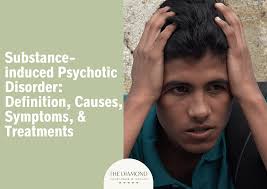Gender dysphoria is a condition where a person experiences a mismatch between their assigned sex and their gender identity. This can lead to significant distress and discomfort.
Symptoms of Gender Dysphoria
People with gender dysphoria may experience a range of symptoms, including:
- Strong desire to be the opposite sex: This can include a persistent feeling of being trapped in the wrong body.
- Discomfort with one’s assigned sex: This can manifest in a dislike of one’s physical sex characteristics, such as genitals or secondary sex characteristics.
- Strong identification with the opposite gender: This can involve a desire to dress, behave, or be treated as the opposite gender.
- Significant distress or impairment: Gender dysphoria can cause significant distress and interfere with daily life.
Causes of Gender Dysphoria
The exact causes of gender dysphoria are not fully understood. However, a combination of biological, psychological, and social factors may contribute to its development.
Treatment for Gender Dysphoria
Treatment for gender dysphoria often involves a combination of medical and psychological interventions. These may include:
- Hormone Therapy: Hormone therapy can help individuals transition to their desired gender by altering their physical appearance.
- Gender-Affirming Surgery: Surgery can be used to physically alter the body to align with the individual’s gender identity.
- Psychotherapy: Therapy can help individuals cope with emotional distress, improve self-esteem, and develop coping strategies.
- Social Transition: This involves changing one’s name, pronouns, and appearance to align with their gender identity.
It’s important to note that the decision to pursue treatment for gender dysphoria is highly personal. Individuals should consult with qualified healthcare professionals to determine the best course of action for their specific needs.



